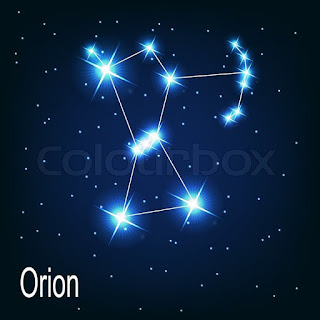Classification
of Animals
➤ Invertebrates : a) more than 90% of animals are invertebrates
b) since invertebrates have no backbone, they are usually small in size
examples :
1. Centipede
2. Sea Anemones Hydras
3. Brown Rhinoceros Beetle
4.Earthworm
5. Burgundy Snail
6. Starfish
Classification of Invertebrates
1. Sponges : - simple invertebrates
- live in water
- they filter food from the water that surrounds them
2. Cnidarians : - live in water
- animals in this group have a central opening surrounded by
tentacles
- examples: jellyfish, sea anemones hydras
3. Worms : - animals with soft, tube-shaped bodies and a distinct head
- some worm live inside other animals
- examples : earthworm and tapeworm
4. Mollusks : - have a muscular foot that allows them to move and hunt for food
- some live on land and other live in water
- examples : clams, snail and octopuses
5. Echinoderms : - water animals that have a central opening for taking in food
- example : starfish
6. Arthropods : - do have a segmented body
- have a bilaterally symmetrical body with a very strong exoskeleton
- can be found in water and in the land
- have legs and some have wings
Short Video About The Classification of Invertebrates
➤Vertebrates : a) small group
compared to invertebrates
b) since vertebrates have backbone to support their weight,
many
vertebrates are large in size
examples :
1. Lion Fish
2. Squirrel
3. Owl
4. Tiger
5. Winter Fox
6. Chameleon
Classification of Vertebrates
1. Amphibians :-
body covered with moist skin
-
cold-blooded
- carry out
external fertilization
- breathe
with lung on land and through moist skin when in water
2. Fish : - body covered
with slimy scales for protection
- have fins and tail to swim
- breathe through gills
- lays eggs ( external fertilization )
3. Reptiles : - body
covered with hard and dry scales for protection
- breathe with lungs
- cold-blooded
- carry out internal
fertilization
4. Bird : - body covered
with feathers
- have wings and beak
- breathe with lungs
- warm-blooded
5. Mammals : - body
covered with hair or fur
- breathe with lungs
- give birth to live
young
- warm-blooded
Short Video About The Classification of Vertebrates
 » corona and chromosphere can only be seen during the solar eclipse
» corona and chromosphere can only be seen during the solar eclipse 








































